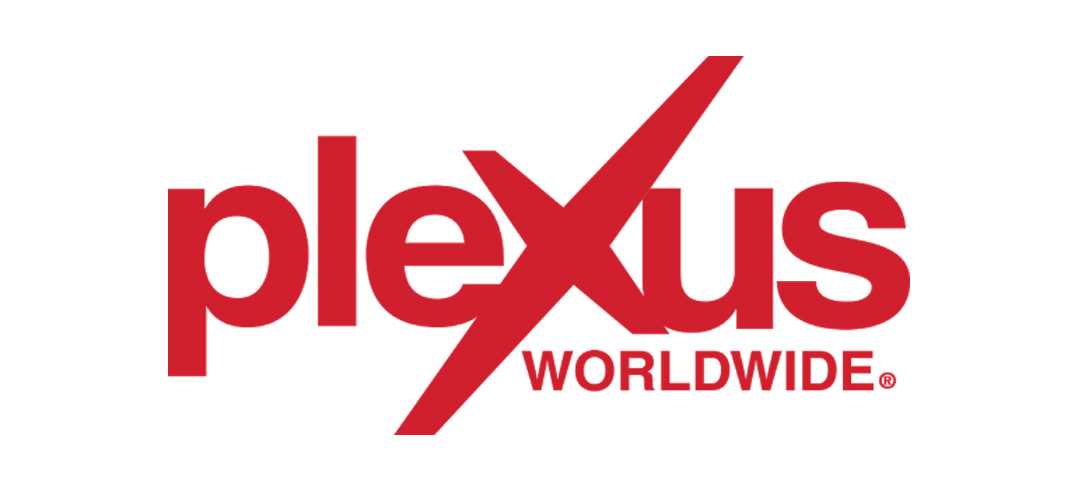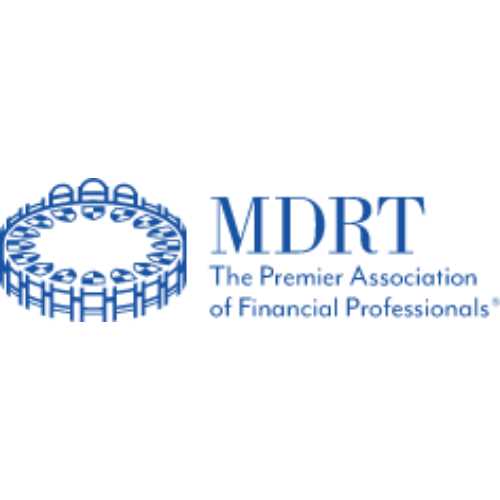
Geoffrey Moore
- Author, venture partner, advisor, and leading business consultant to large companies facing formidable strategic challenges
Travels From
California
No videos found.
Geoffrey Moore Speaker Biography
Geoffrey Moore is an author, speaker and advisor as well as a venture partner at Mohr Davidow Ventures (MDV). Recognized as a leading business advisor, Geoffrey divides his time between consulting on strategy and transformation challenges with senior executives and on developing mental models to support his advisory practice. With this intent in mind he has written his newest book published by HarperCollins in September of 2011: Escape Velocity: Free Your Company’s Future from the Pull of the Past, the result of his years of experience working with large enterprises in his former role as a Managing Director at TCG Advisors. Recognized as well for his expertise in market development and business and investment strategies, as a Venture Partner at Mohr Davidow Ventures he also serves as an advisor to MDV portfolio companies by drawing upon best practices derived from his extensive experience working with technology startups over the last two decades.
Geoffrey has made the understanding and effective exploitation of disruptive technologies the core of his life's work. His books, Crossing the Chasm, Inside the Tornado, The Gorilla Game, Living on the Fault Line and Dealing with Darwin are best sellers and required reading at leading business schools. Highly regarded as a dynamic public speaker, he integrates a speaking practice with his advisory work.
He is a founder of both The Chasm Group and TCG Advisors. Earlier in his career, Geoffrey Moore was a principal and partner at Regis McKenna, Inc., a leading high tech marketing strategy and communications company, and for the decade prior, a sales and marketing executive in the software industry. He holds a bachelor's degree in literature from Stanford University and a doctorate in literature from the University of Washington.
To book executive speaker, Geoffrey Moore call Executive Speakers Bureau 901-754-9404.
Chasms, Bowling Alleys, Tornadoes, & Main Street: Marketing High Tech in the 21st Century
Drawing on his best-selling books, Crossing the Chasm and Inside the Tornado, Moore traces the path markets take through the Technology Adoption Life Cycle and explains what vendors must do to succeed at each stage.























